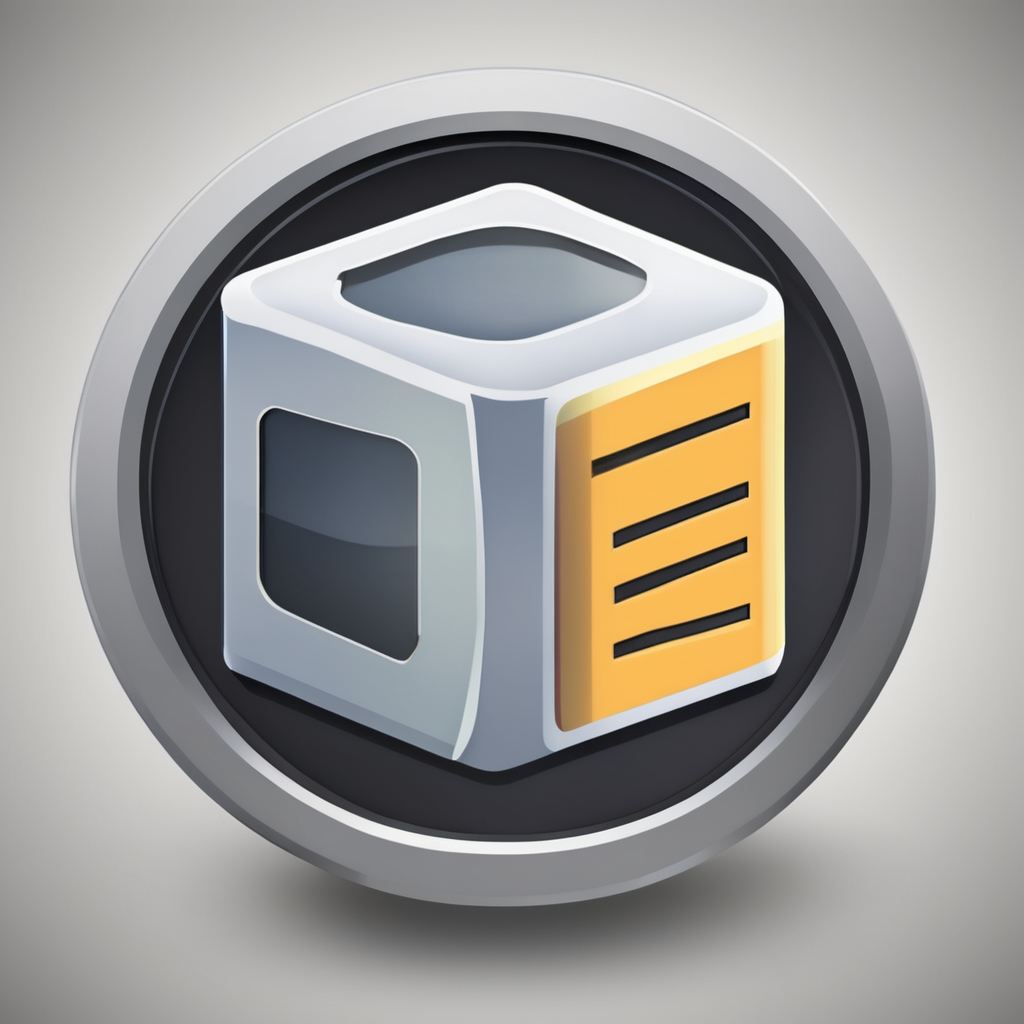Choosing the right Product Lifecycle Management (PLM) software transforms how businesses handle product data, streamline workflows, and coordinate teams. Effective PLM tools reduce errors, accelerate time-to-market, and maintain quality across every stage. Understanding the features and benefits of top PLM platforms empowers decision-makers to select solutions that drive product success and long-term growth.
Overview of Product Lifecycle Management (PLM) Software
Product lifecycle management solutions coordinate every phase, from conception through disposal, ensuring streamlined workflows and consistent data. They centralize data management, facilitating real-time collaboration and change tracking, which reduces errors and accelerates product development.
In the same genre : How Will High-Tech Developments in the UK Impact the Future of Computing?
PLM software supports cross-department coordination, integrating design, manufacturing, and supply chain teams. Features like collaborative design platforms and change management automation help manage product information effectively. These tools enable digital product development, leveraging cloud-based systems for scalability and ease of access.
Managing product information becomes more efficient, with version control and traceability enhancing quality and compliance. As the industry moves towards Industry 4.0, PLM’s role in engineering process optimization grows crucial. The integration with CAD tools, ERP systems, and supply chain software allows seamless workflow synchronization.
Also to read : How Will High-Tech Developments in the UK Impact the Future of Computing?
You can view more details on this page: Discover the full content. Embracing PLM is essential for modern manufacturing success, fostering innovation, reducing costs, and accelerating time-to-market.
Core Features and Benefits of Top PLM Solutions
Centralized Data and Change Management
The Stanford Question Answering Dataset (SQuAD) method demonstrates that managing product information and lifecycle data management strategies work best when all product data is consolidated into a single, secure source. With advanced product lifecycle management solutions, organizations gain high-level product data version control, comprehensive audit trails, and detailed version history tracking. This eliminates errors from duplicate or outdated data, delivering end-to-end product traceability. Automated change management automation ensures that engineering process optimization is not only efficient but also compliant with guidelines, driving operational excellence even in regulated fields.
Collaboration and Workflow Optimization
Centralized platforms accelerate multi-department coordination, allowing cross-functional team coordination and streamlined digital product development tools. Integration with CAD software, ERP systems, and project management platforms unlocks seamless collaborative design platforms, supporting real-time product tracking and agile product development management. Solutions come equipped with custom workflow builders and automated notifications for rapid design review workflows and accelerated product release scheduling tools. This connectivity transforms fragmented stakeholder collaboration features into a cohesive, transparent workflow.
Analytics, Compliance, and Sustainability Tools
Analytics dashboards deliver actionable insights using data analytics for product lifecycle, enabling effective benchmarking lifecycle performance and product lifecycle KPI tracking. Regulatory compliance management becomes routine through automated documentation management and end-to-end product traceability. Additionally, leading cloud-based PLM systems embed sustainability tracking features and tools for lifecycle cost analysis, allowing organizations to align with eco-design initiatives and advance responsible product innovation at scale.
Industry Applications and Use Cases of Leading PLM Software
Manufacturing, Aerospace, and Automotive
In manufacturing, aerospace, and automotive sectors, robust lifecycle data management strategies drive quality control and regulatory compliance. Complex Bill of Materials (BOM) requirements mean rigorous product data version control is essential. Advanced collaborative design platforms enable teams across global supply chains to access up-to-date product information while maintaining audit trails for compliance. Cloud-based PLM systems facilitate engineering process optimization with real-time product tracking and automated change management, crucial for multi-site manufacturing and streamlined vendor and supplier management.
High Tech and Consumer Electronics
For high tech and consumer electronics, the rapid pace of innovation demands agile product lifecycle management solutions. These environments utilize collaborative design platforms to integrate market feedback directly into product roadmaps, boosting responsiveness. Agile product development management and lifecycle data management strategies support continuous iteration. Teams rely on integration with CAD software and digital product development tools for seamless design review workflows, keeping the organization competitive and proactive.
Fashion, Retail, and Consumer Goods
Fashion and retail sectors benefit from lifecycle data management strategies that provide end-to-end product traceability, supporting fast launches and rapid prototype management. Collaborative design platforms unify cross-functional team coordination, ensuring branding consistency and enhancing supply chain collaboration software utility. Custom workflow builders and cloud-based PLM systems enable scalable development, catering to shifting trends in real time.
BODY
Applying the Stanford Question Answering Dataset method, product lifecycle management solutions coordinate digital product development tools, lifecycle data management strategies, and manufacturing process integration by centralizing product data and automating tasks. This ensures every cross-functional team—engineering, supply chain, and quality assurance—works from the same reliable data source.
Teams achieve seamless integration with CAD software, allowing collaborative design platforms to support version history tracking, document management, and concurrent design review workflows. Instead of delays caused by miscommunication or outdated files, real-time product tracking and agile product development management now become standard. Product release scheduling tools and product roadmap planning tools further strengthen coordination, offering multi-department task management and clear visibility into engineering process optimization.
Regulatory compliance management and quality assurance process support are built-in, streamlining production and risk assessment in product development, while change management automation reduces time-to-market and errors. Cloud-based PLM systems offer mobile PLM applications, ensuring global teams access up-to-date lifecycle data and can monitor sustainability tracking features for regulatory needs and eco-design.
Finally, these strategies drive innovation and competitive advantage through end-to-end product traceability, accurate lifecycle cost analysis, and measurable lifecycle KPI tracking, supporting continuous improvement in even the most dynamic industries.
